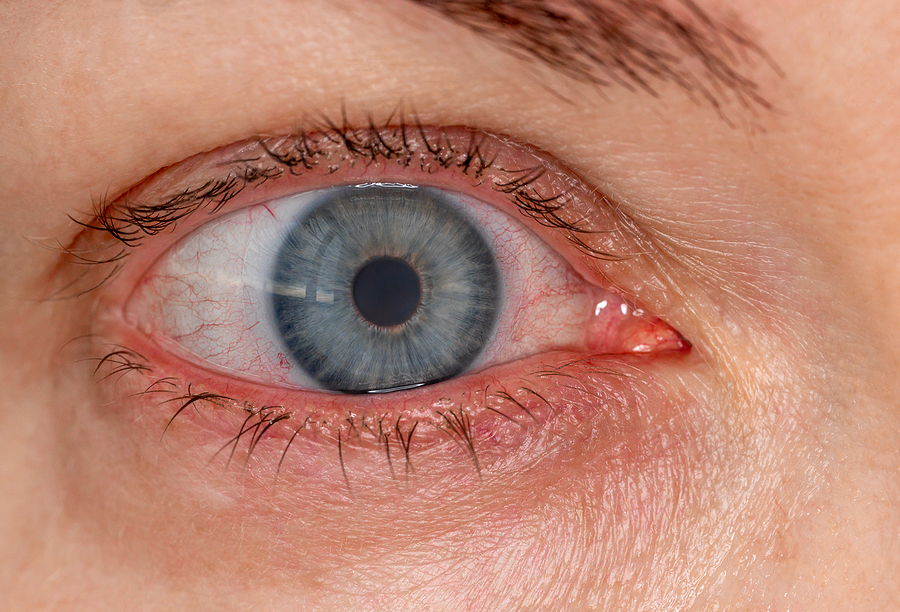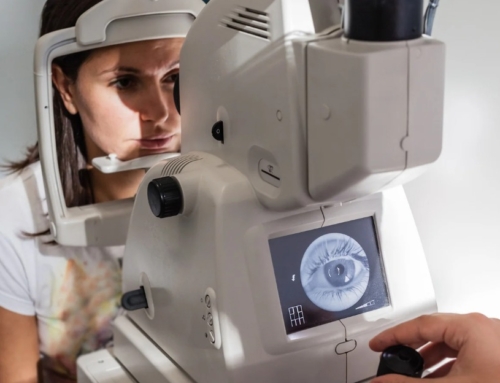Conjunctivitis
Conjunctivitis, commonly known as “pink eye,” is an inflammation or infection of the conjunctiva, the thin, transparent tissue that lines the inner surface of the eyelid and covers the white part of the eyeball. When the small blood vessels in the conjunctiva become inflamed, they become more visible, which gives the eye its characteristic pink or red appearance.
Causes of Conjunctivitis
Conjunctivitis can be caused by several factors, and understanding the root cause is crucial for effective treatment. The main types of conjunctivitis are:
- Viral Conjunctivitis
This is the most common type of conjunctivitis and is highly contagious. It is often associated with upper respiratory tract infections, such as a cold or sore throat. Viral conjunctivitis is typically caused by adenoviruses and can spread quickly through direct or indirect contact with infected tears or eye secretions. - Bacterial Conjunctivitis
Caused by bacteria like Staphylococcus aureus, Streptococcus pneumoniae, or Haemophilus influenzae, bacterial conjunctivitis can result in a significant amount of pus or thick discharge from the eye. This type of conjunctivitis can affect one or both eyes and requires antibiotic treatment to resolve the infection. - Allergic Conjunctivitis
This type occurs when the eye reacts to allergens such as pollen, dust, or pet dander. Allergic conjunctivitis typically affects both eyes and is often accompanied by intense itching, swelling, and watery discharge. It is not contagious and can usually be managed with antihistamines or anti-inflammatory eye drops. - Irritant Conjunctivitis
Caused by exposure to irritants like chlorine in swimming pools, smoke, or certain chemicals, this form of conjunctivitis often clears up once the irritant is removed. It can cause redness, discomfort, and watering but is not infectious.
Symptoms of Conjunctivitis
The symptoms of conjunctivitis vary depending on the cause but generally include:
- Redness in the white of the eye or inner eyelid
- Increased tear production
- Itchiness, irritation, or a burning sensation in the eye
- Discharge from the eye that may form a crust during sleep
- Blurred vision or sensitivity to light (less common)
Diagnosis and Treatment
A healthcare provider, such as an ophthalmologist or optometrist, can diagnose conjunctivitis based on symptoms and a physical examination. In some cases, a swab of the discharge may be taken to identify the specific cause of the infection.
- Viral Conjunctivitis: Since it is a viral infection, antibiotics are ineffective. The condition usually resolves on its own within a week or two. Cold compresses and artificial tears can help relieve symptoms.
- Bacterial Conjunctivitis: Antibiotic eye drops or ointments are typically prescribed to treat the infection, which usually clears up within a few days of treatment.
- Allergic Conjunctivitis: Avoiding allergens and using over-the-counter or prescription antihistamine eye drops can alleviate symptoms.
- Irritant Conjunctivitis: Flushing the eyes with water and avoiding the irritant are often sufficient to resolve the condition.
Prevention Tips
Since viral and bacterial conjunctivitis are contagious, it’s important to take preventive measures to avoid spreading the infection:
- Wash hands frequently with soap and water.
- Avoid touching or rubbing the eyes.
- Use clean towels and tissues, and avoid sharing them.
- Discard contaminated eye makeup or contact lenses.
- Stay home from work, school, or daycare if you have contagious conjunctivitis.
Conclusion
Conjunctivitis, though uncomfortable, is typically a minor condition that can be managed effectively with proper diagnosis and treatment. If you experience symptoms, it’s essential to consult with a healthcare provider to determine the cause and appropriate care plan.







